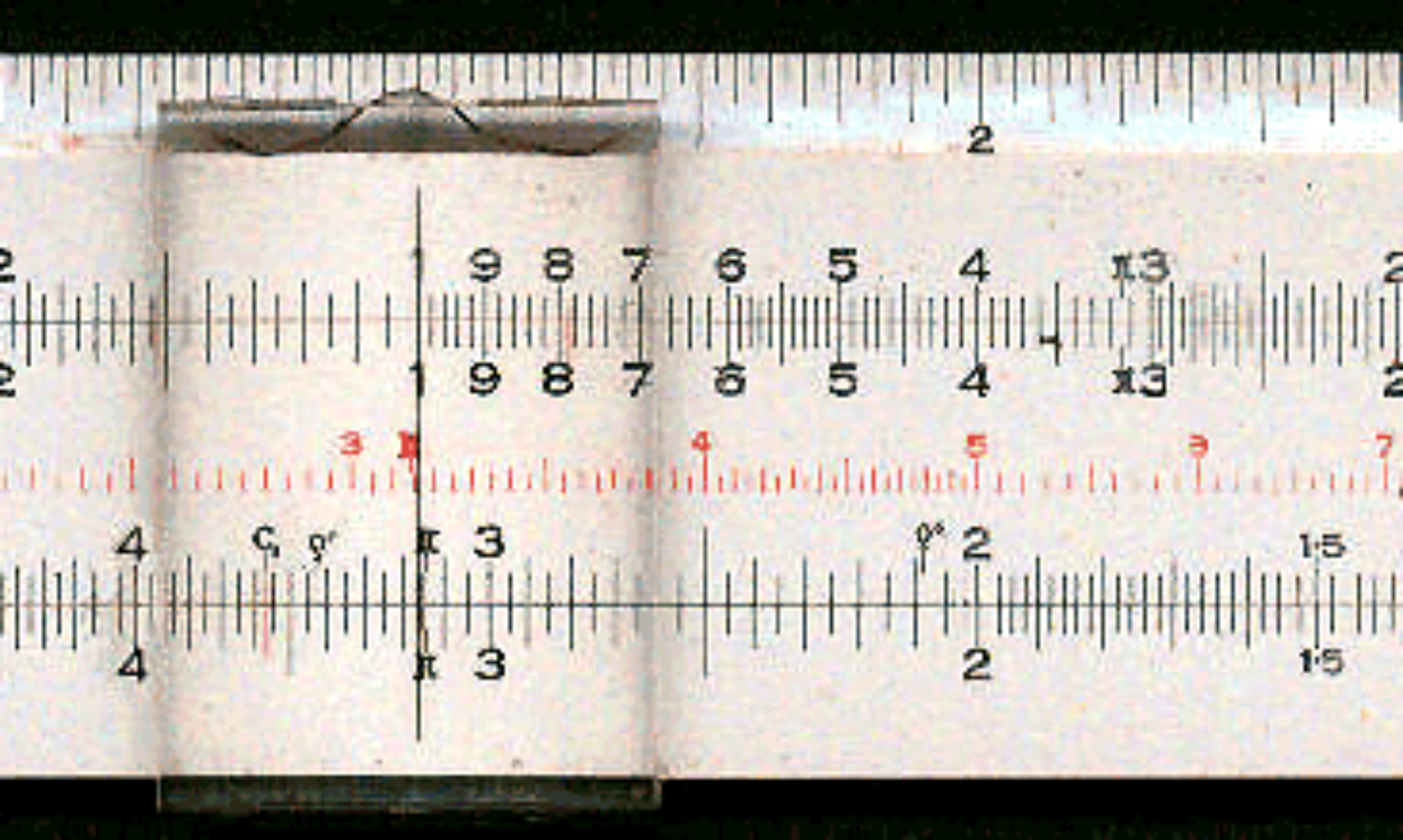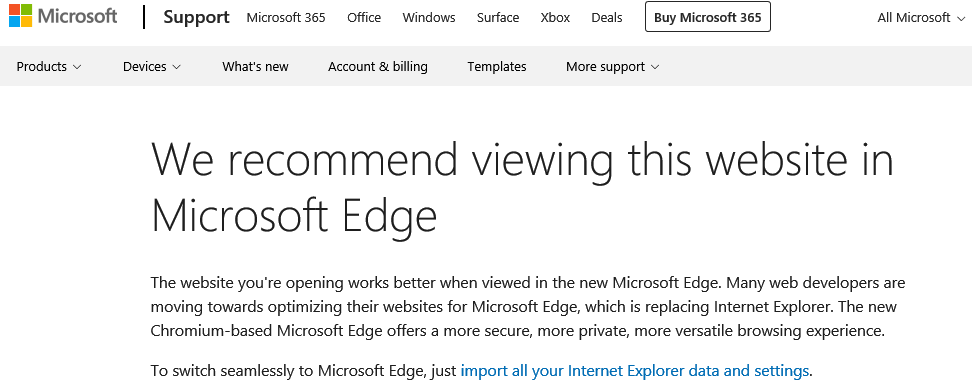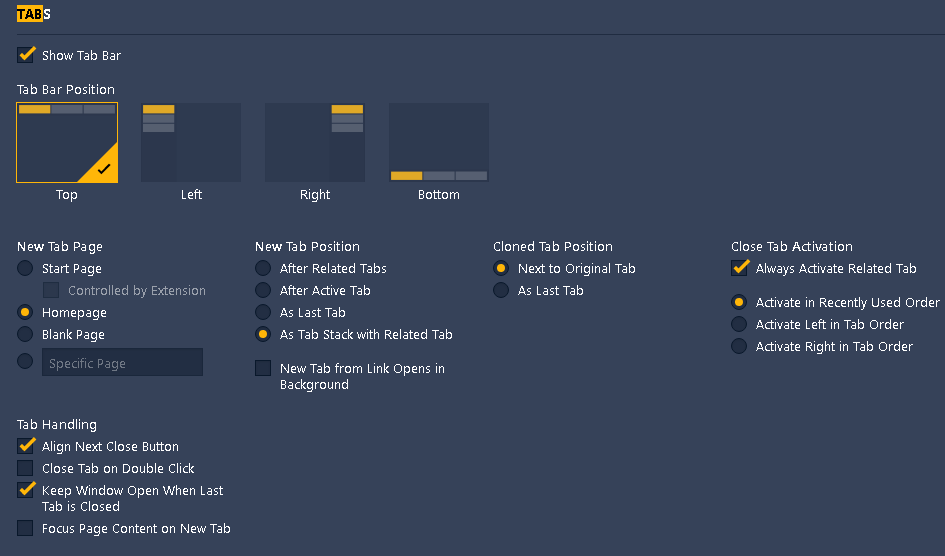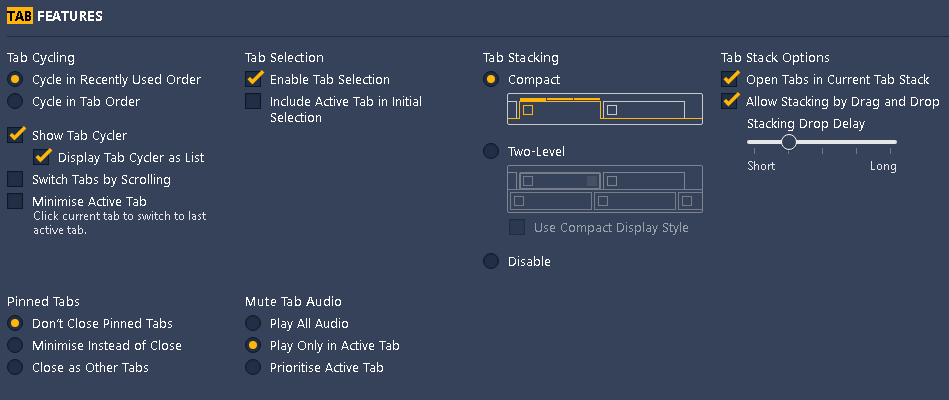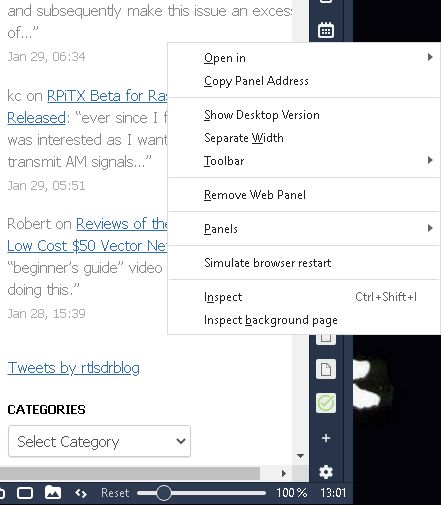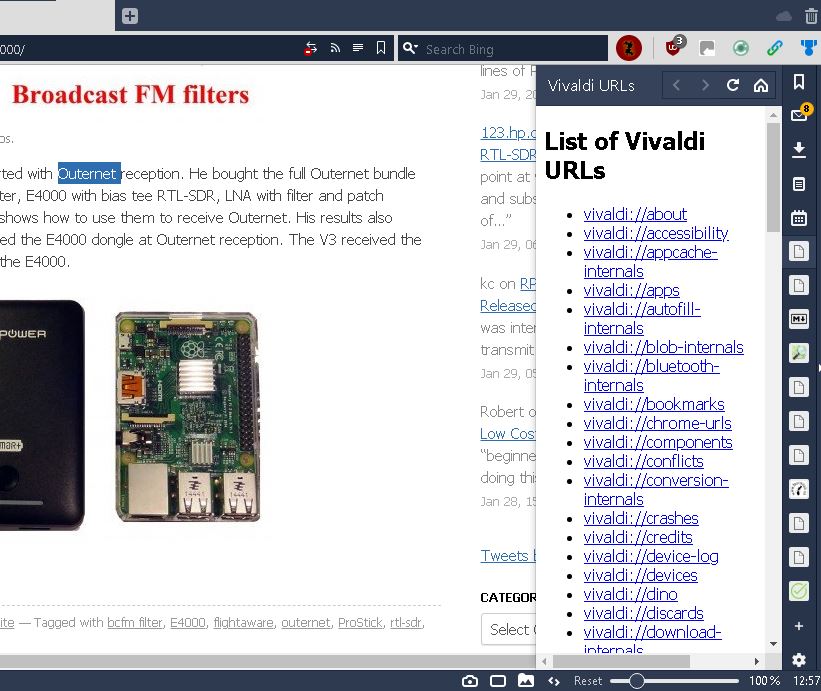Trying to find a Suitable Linux environment for an aging desktop and a netbook. …
Part 1
As a long time Windows user (though my introduction to computers was a UNIX box at work) I am considering switching OS to Linux.
Currently running XP SP3 on both machines, each has 1Gb of RAM. The desktop is running very slowly (there is No spyware/malware/virus on the machine) and the netbook runs just fine.
As MS will end support of XP soon I want to upgrade to a more modern OS where updates are still available.
Also I am one of those that does not believe in tossing aside perfectly good hardware. I am going to replace my desktop, but not immediately as I have household repairs to do and other priorities that come before a new(er) computer.
So with some spare time I have been trying versions of Linux that have attracted my interest. My results surprized me as I had come to believe that older computers could be have new life brought to them with Linux. Sadly this is not true for most of the Linux flavours I’ve tried. As Linux makes small inroads into the computing scene, it is also targeting newer more powerful machines.
There are a couple of options, but many just failed to work for me.
Priorities:
– Stable
– Multi-user
– Simple, everyone has to be able to use it and it must do what most families do with PCs (email, shop, research, games, YouTube, etc)
– good variety of available software
– Hopefully the same OS for both the Desktop and Netbook
I have been downloading various lightweight Live versions of Linux distros to test and have limited success. Also I’ve been to my friendly local library to get some material.
Issue Number One:
The Desktop is old enough it will not boot from USB, only CD so I have to create or buy a Live CD for each distro. The video card is the main culprit here. An on board Intel card from the about eight years ago.
Issue Number Two:
The netbook, although working well and pretty quick for an Atom processor, has a Broadcom Wireless card. I am finding that very few Linux Live CD distros support this and just getting the proper firmware is difficult and installing is no easy feat either.
What I’ve tried:
DSL (Damn Small Linux)
+ I love the idea of this
+ it actually works well except for wireless
– simply not practical for family use
Mandriva
+ quick, responsive and quite stable on the desktop
+ recognizes my Trackball!!
– more research indicates it is no longer supported!? very sad 🙁
OpenSuse
+ look and feel is what I like
+ lots of available software
– no built in support for the Broadcom
– latest version no longer supports the video card on the desktop
Fedora (LXDE)
+ again look and feel
+ lots of available software
– no built in support for the Broadcom
– latest version no longer supports the video card on the desktop
Mint
+ nice looking and quick when working
– no built in support for the Broadcom
– not very stable on the desktop but seems OK on the Netbook
Ubuntu
+ nice looking, quick
+ lots of available software
– again, not stable on my desktop
– unsure about this new arrangement with Amazon… so I’m gonna pass
Peppermint
+ nice looking, quick, stable on the netbook
+ one of the few distros I’ve been able to load With Persistence on a USB
+ lots of available software
– I am not a
fan of cloud apps (software)
– took a lot of work to get the wireless working (but it works!!)
PC-BSD
+ nice looking, quick, stable on the netbook
+ Unix, much more stable than any Linux I’ve tried
+ plenty of applications out there
+ says it recognizes all my Netbook devices (video card, sound card and network) but I’ve had little luck with the wireless
– the Unix learning curve (there are GUIs to do most things, but the terminal quickest and is most powerful. I will have to re-learn vi or learn ‘Emacs’ as well as other command utilities.
I REALLY LIKE THIS ONE and I’m going to take the extra effort to try to make this one work.
– not a lot comes with the USB distro, not even a browser
– research into the Broadcom wireless card issue is telling that installing the recommended Broadcom drivers may “brick” my system. So it’s not for the netbook.
Having found I really liked the Unix, my next plan is to download FreeBSD. Indications, from the documentation, lead me to believe that it does support the Broadcom wireless card, and the old Intel video card…
More to come…
